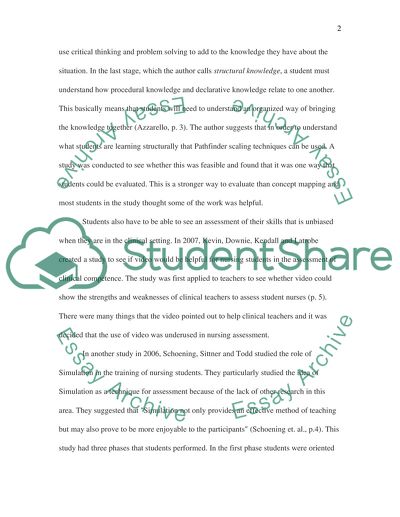Cite this document
(Reflection Paper on Current Clinical Assessment Practices Essay, n.d.)
Reflection Paper on Current Clinical Assessment Practices Essay. https://studentshare.org/medical-science/1547113-clinical-practices-paper
Reflection Paper on Current Clinical Assessment Practices Essay. https://studentshare.org/medical-science/1547113-clinical-practices-paper
(Reflection Paper on Current Clinical Assessment Practices Essay)
Reflection Paper on Current Clinical Assessment Practices Essay. https://studentshare.org/medical-science/1547113-clinical-practices-paper.
Reflection Paper on Current Clinical Assessment Practices Essay. https://studentshare.org/medical-science/1547113-clinical-practices-paper.
“Reflection Paper on Current Clinical Assessment Practices Essay”. https://studentshare.org/medical-science/1547113-clinical-practices-paper.


